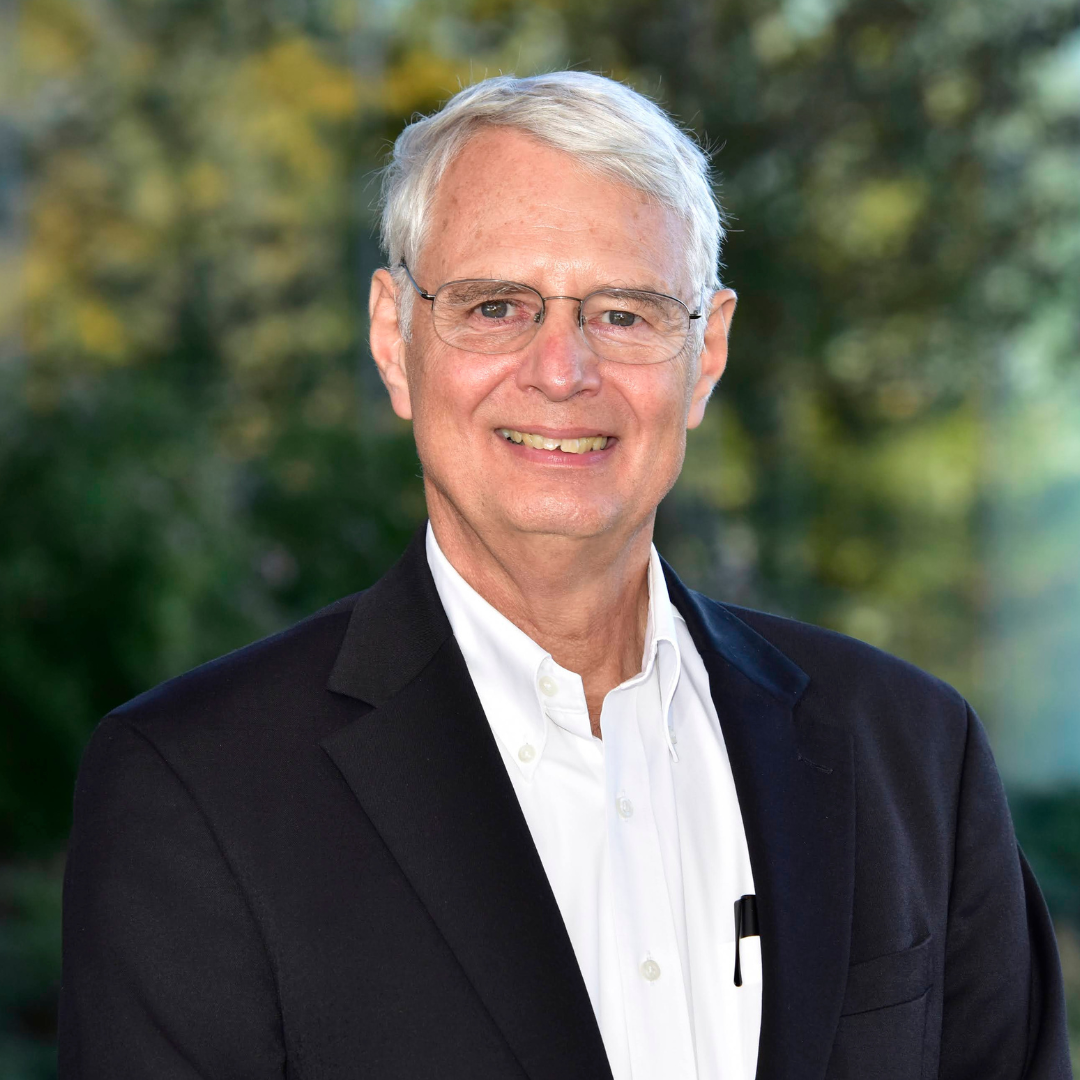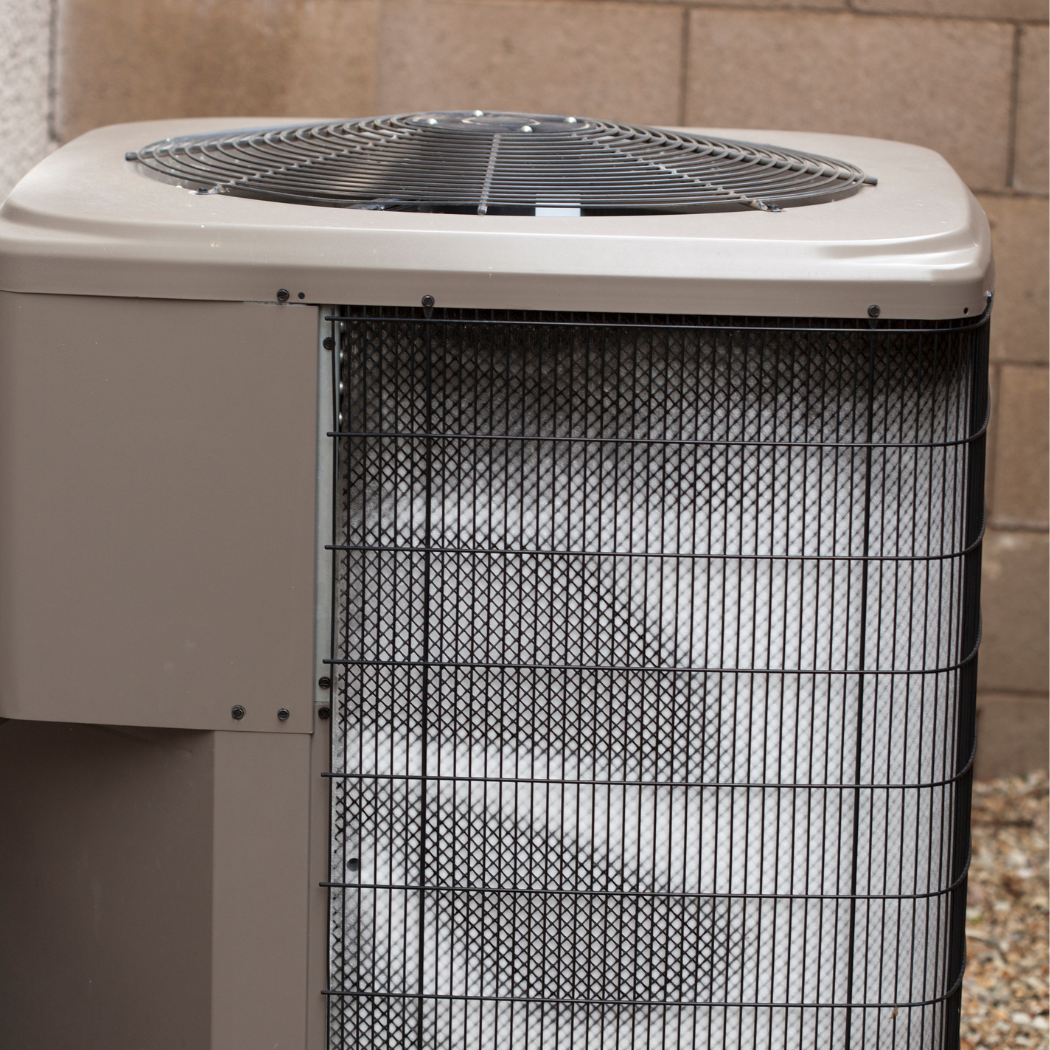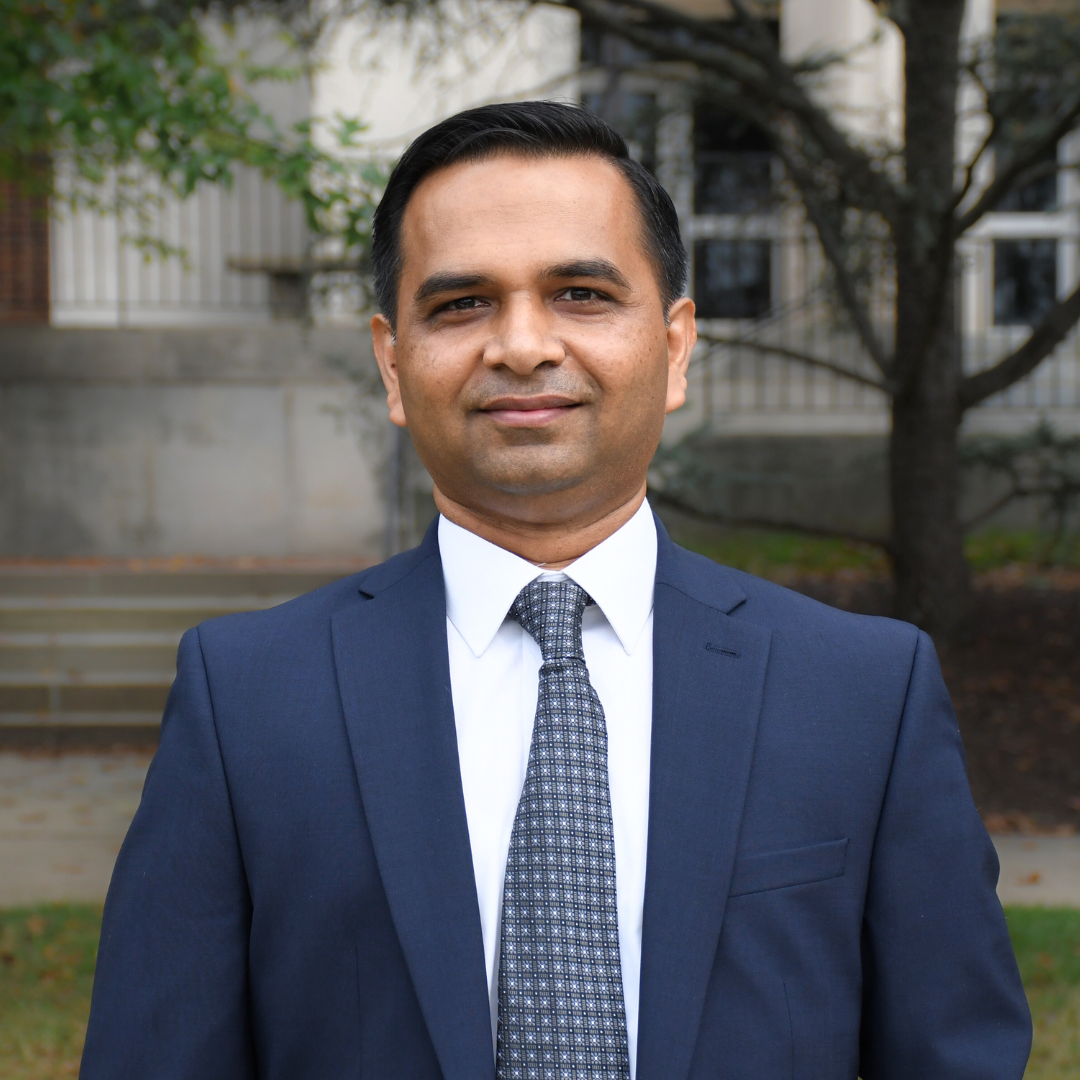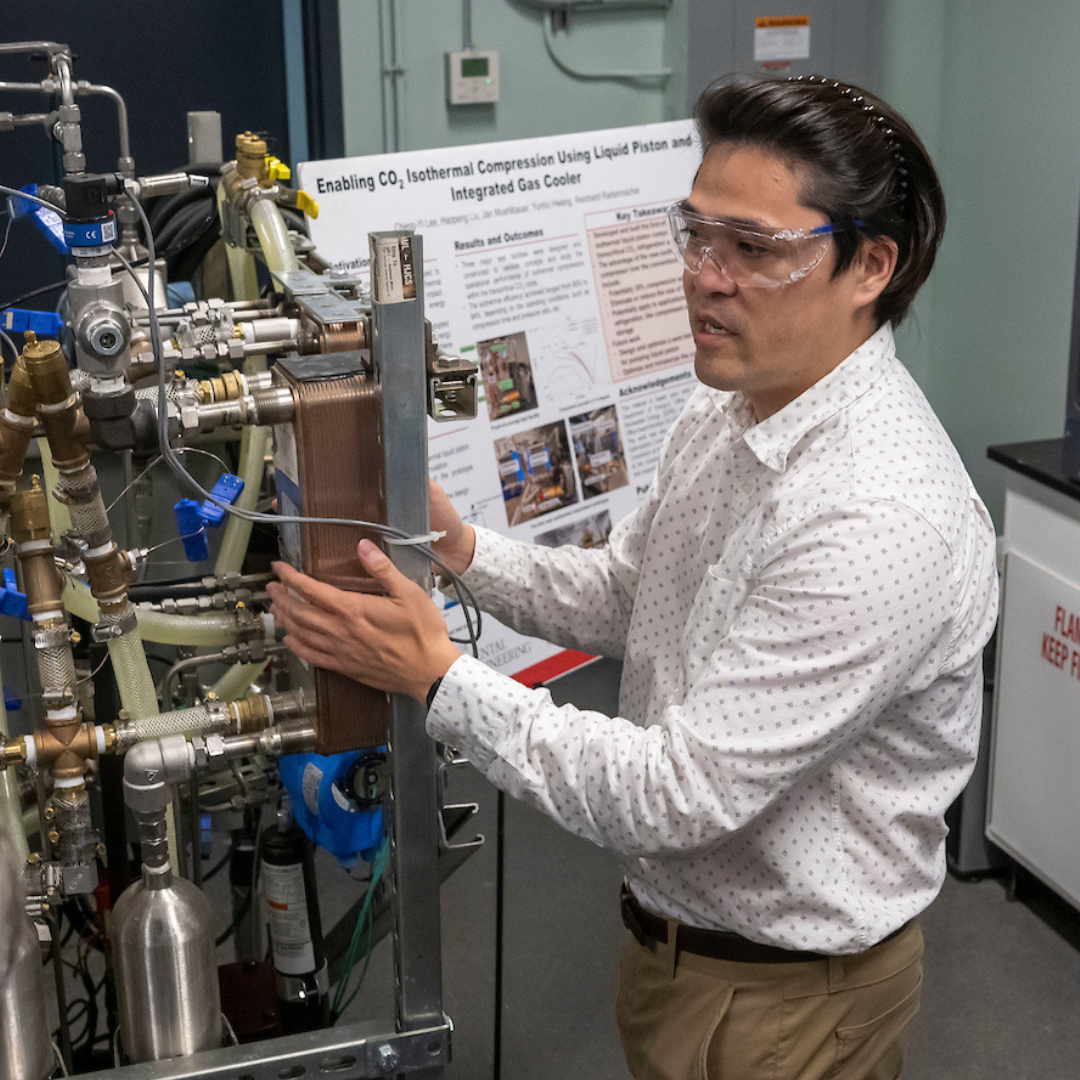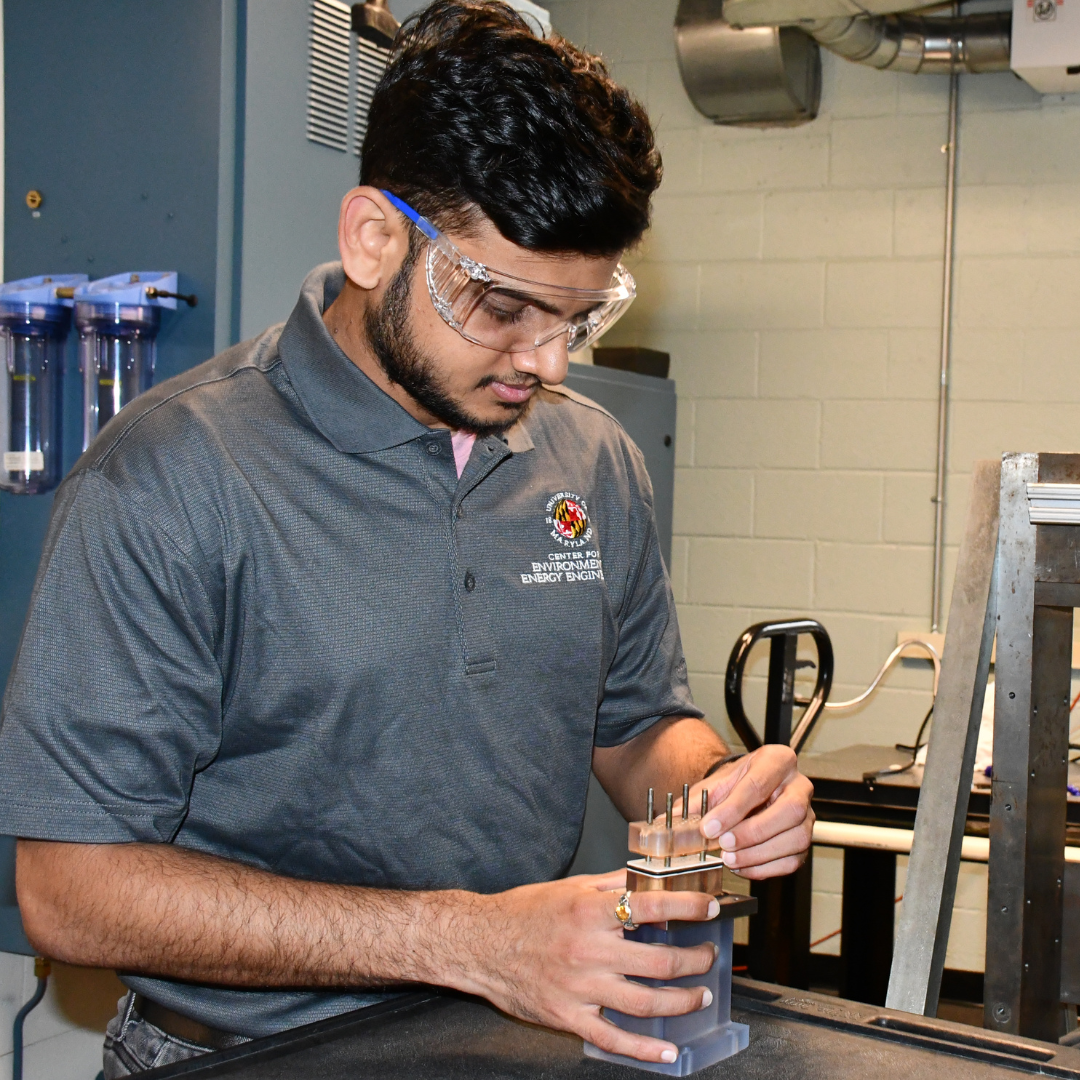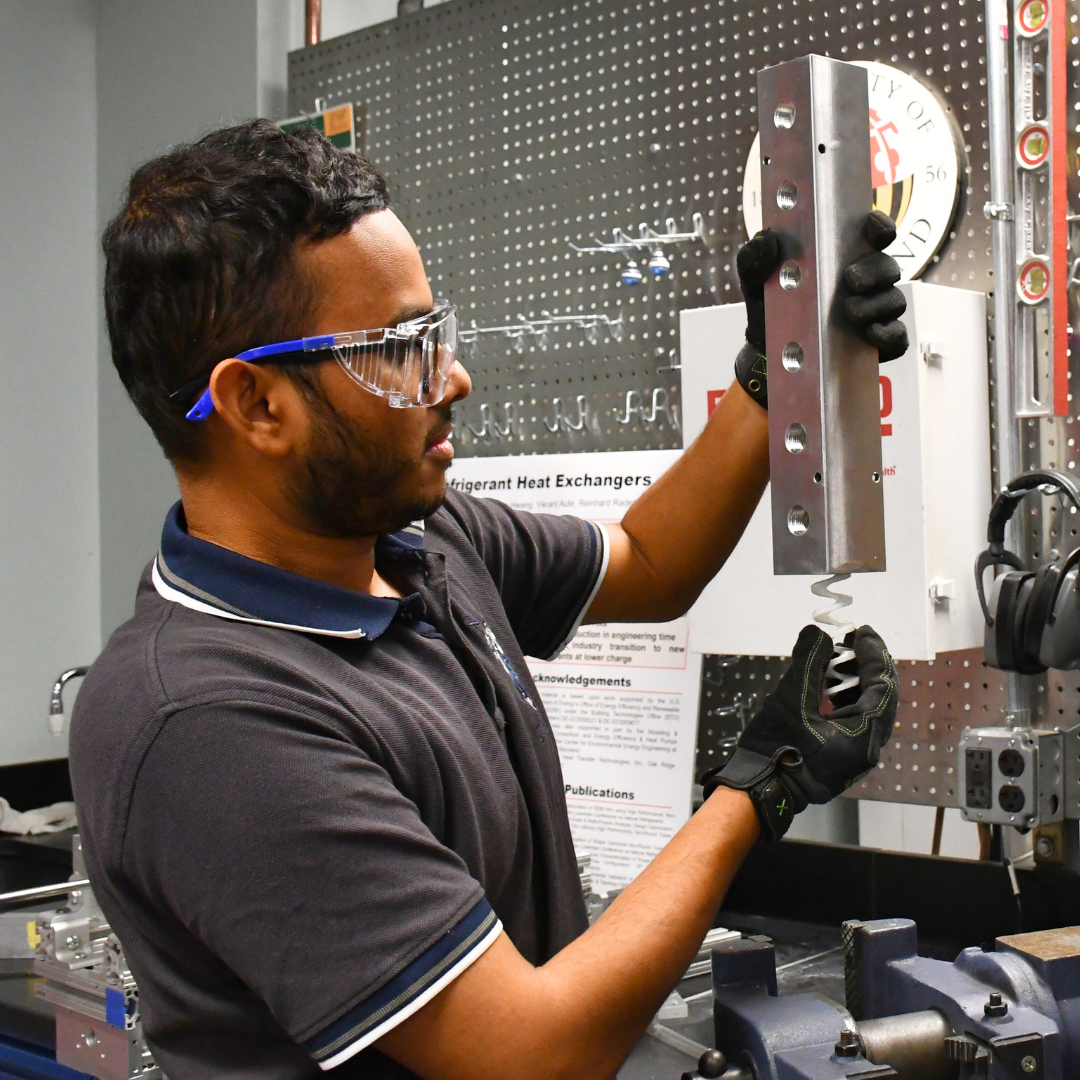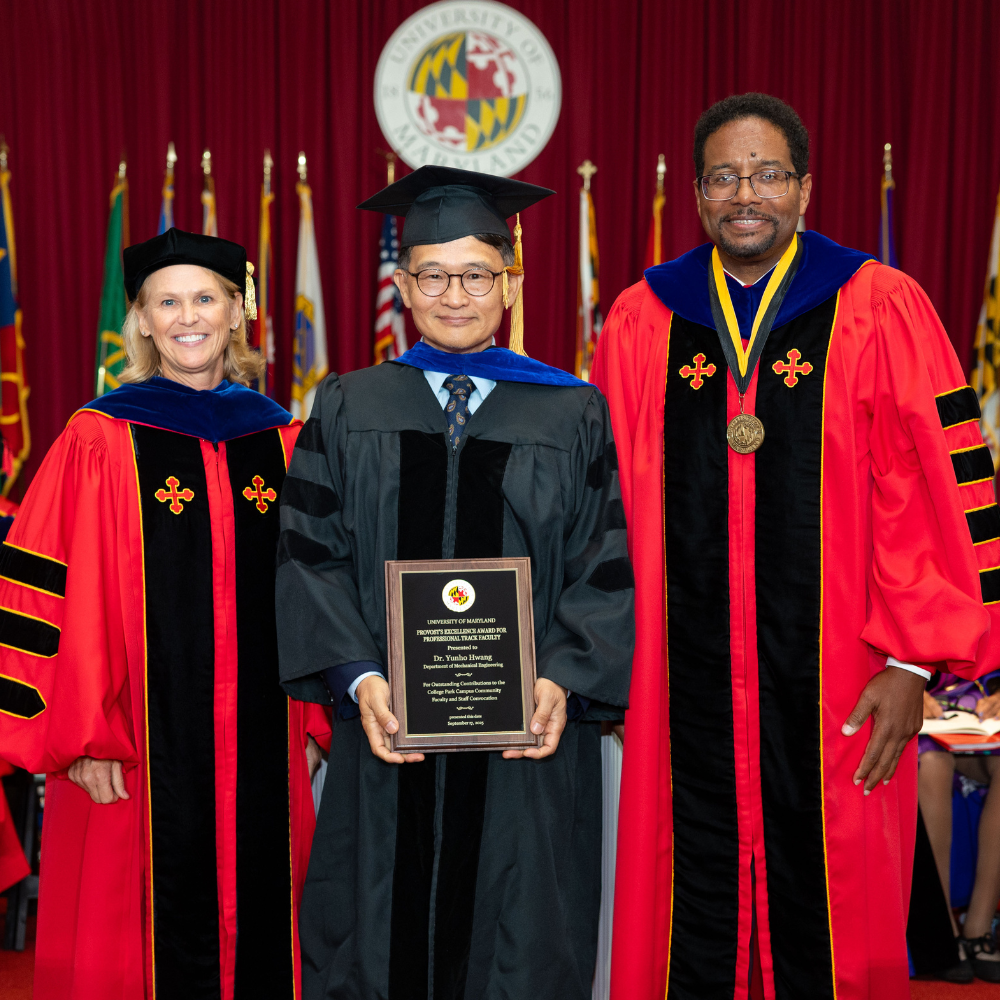News Story
Take Home Messages from the 2022 Herrick Labs Conferences at Purdue
This year marked the 50th anniversary of the Herrick Labs conferences at the Purdue University - it was a refreshing and inspiring in-person event after two years of the COVID-19 pandemic.
The conferences kick-started with a general bold vision of end-to-end sustainability across all sectors. The idea of eliminating fossil fuels is motivating and we should sustain it, however we need to accept that they may never go away (as long as they are available, that is). Their use – especially oil – are vast and indispensable to our modern world in a plethora of applications (chemical syntheses, paving, plastics, lubricants, and many others1). Electricity production and HVAC&R sectors today account for nearly 27% and 7% of all added CO2-equivalent in the atmosphere2, respectively, and have great potential for reducing emissions and slowing the global warming rate in the next decades.
HVAC&R main drivers: regulations, energy efficiency, and decarbonization
One of the highlights of this year’s conference was the new panel discussions on the future of refrigerants and compressor technologies. Across the board, there seem to be a consensus that HVAC&R industry and R&D are driven by the tripod of regulations, energy efficiency, and decarbonization (this word appearance has increased in 5-fold since the early 2000’s – curiously it has also peaked around the civil war and WWI timeframes as well3).
Future will likely include both natural and synthetic refrigerants
Working fluids play a major role in direct and indirect emissions from HVAC&R equipment. The current debate seems to suggest that we need a “either/or” kind of answer, and policies should shepherd it accordingly. Perhaps instead of spending too much time trying to predict the future of refrigerants, we should assume that all will be at our disposal to use them as best as we can.
While HFC’s and HFO’s alike may, on the one hand, seem to be a distraction to an “obvious” route back towards natural refrigerants, on the other, they offer more flexibility since we can tune working pressures and temperature glides. If we hypothetically advance the materials and joint technologies as such we virtually eliminate the risk of leakage, then direct emissions are no longer of concern. In which case, we can leverage ingenious component-system-refrigerant design solutions to improve overall efficiency, indirect emissions and/or costs. At the same time, we should aim to use as much natural refrigerants as possible as not only they have low GWP, they are excellent working fluids; e.g., Ammonia (which has been in use for over a century), Hydrocarbons (although let’s remind that they are sub products of fossil fuels) and, of course, CO2.
Vapor compression isn’t going anywhere, but not-in-kind technologies will have an important role complementing to attend rising global demand in the next decades
There’s also an agreement that vapor compression is nowhere near its demise. The International Energy Agency (IEA) estimates the world has currently 1.6 billion air conditioning units, and it will increase by 3-4 fold in the next three decades4. With the electrification of heating and its consequent rise of heat pumps, the increase in vapor compression equipment will be even greater. That’s not to say that not-in-kind technologies will not have a space; on the contrary, they’ll will be paramount and complementary to vapor compression in attending the rising global demand.
Efficiency and decarbonization will need innovation, flexibility, and technology diversity
We should foster more daring ideas – e.g., rethinking air cycles5 (?), or using water as working fluid – and strive to have flexibility, and autonomy to come up with more sustainable solutions using both traditional and novel technologies. We are not in a race to save the planet, for it won’t disappear for next few billion years. We’re in a race to preserve our species’ future for the next millennia. We need a diverse and complementary set of tools in this fight. There is no such thing as “one size fits all”.
References
1Vaclav Smil, How the World Really Works, Viking, 1st ed. 2022
2Bill Gates, How to Avoid a Climate Disaster, Knope, 1st ed. 2021
5Bacellar, D., Tsikata, S., Radermacher, R. Carnot -Equivalent Air Cycle Heat Pump Leveraging Isentropic and Isothermal Compression and Expansion Principles – A Theoretical Analysis. 19th International Refrigeration and Air Conditioning Conference at Purdue, July 10-14, 2022
Published July 28, 2022
